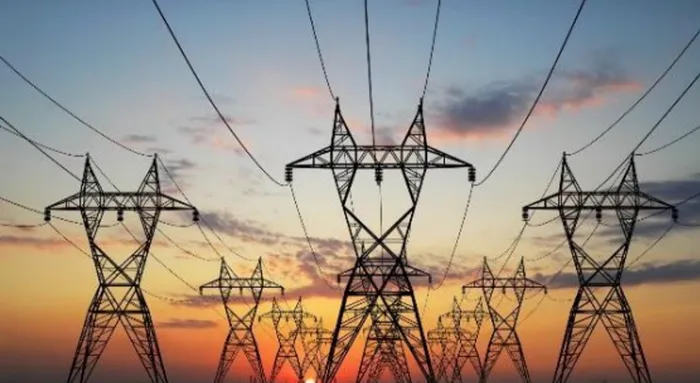Inside the R276bn rebuild: How Eskom, PRASA and SANRAL are driving growth

Eskom accounts for the lion's share of public spending.
Image: File
Energy, roads, and rails are driving public-sector spending, which rose for a third consecutive year in 2024.
Statistics South Africa said in its report on government infrastructure spending that this figure reached R276 billion in 2024 from R234 billion in 2023.
That’s an 18% increase and follows a five-year downturn, which started in 2016, IOL's calculations show.
Although still below the 2016 peak of R283 billion, the latest figures show that government and its entities are again putting money into electricity, rail, and road projects.
Statistics South Africa’s capital expenditure by the public sector survey covers 748 institutions across all spheres of government.
Overall, capital spending by the public sector gained R42 billion year-on-year.
Eskom’s capital expenditure jumped by 26%, focusing on its capacity expansion programme and ongoing projects at Medupi and Kusile power stations.
The Passenger Rail Agency of South Africa (PRASA) increased its spend by 37%.
This came as it restored infrastructure on key commuter routes and reopened the Johannesburg-Naledi and Pretoria-Pienaarspoort lines.
The South African National Roads Agency (SANRAL) lifted its allocation by 41%, stepping up the repair and construction of national roads.
Transnet’s investment grew by 19% as it worked to maintain port, pipeline and rail capacity.
Other contributors to the overall 18% rise included the metros of Johannesburg, Cape Town and eThekwini, the Water Trading Entity, the National Department of Water & Sanitation, and uMngeni-uThukela Water.
Eskom remains the largest single spender, responsible for 17.9% of total public-sector capital expenditure in 2024, up from 16.8% the year before.
Public corporations as a group accounted for 30.6% of total spend, municipalities 25.9%, and extra-budgetary accounts 19.6%.
PRASA, SANRAL and the Water Trading Entity were the biggest contributors within that category.
Provincial government made up 13.6% of spending, national government 6.1%, and higher education institutions 4.1%.
“Infrastructure forms the backbone that connects different parts of the economy, supporting the flow of goods, travel and communication," the agency said.
It added that "ongoing investment and maintenance by both the public and private sectors help ensure the smooth flow of economic activity across the country".
IOL Business